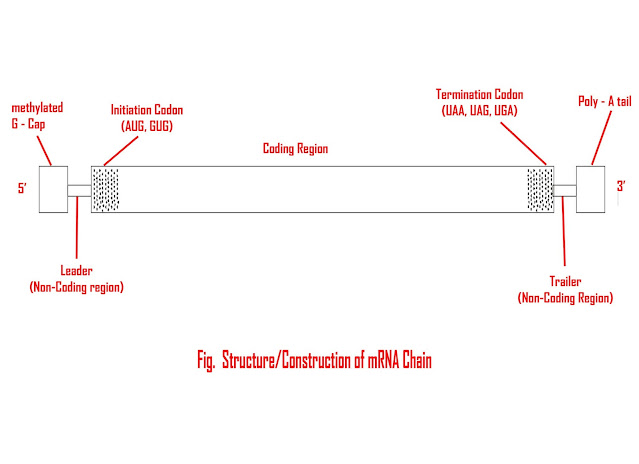Ethology And Its Methods || Animal Behaviour
ETHOLOGY AND ITS METHODS The various aspects related with animal behavior can be studied by applying the following methods - 1. Under natural conditions. 2. Experimental Analysis 3. Statistical Analysis 1. Under Natural Conditions: - The best way of studying animal behavior is under natural conditions. Observation may be in the form of field notes, checklist of behavior patterns, tape recorders, motion pictures etc. While studying animal behavior in natural surroundings circadian rhythms and seasonal cycles are taken into consideration. 2. Experimental Analysis: - Experiments are conducted in two ways viz. Field experiment and Laboratory experiment – (A) Field Experiment: - These are performed with least disturbance to the animal. The first phase involves a thorough description of all aspects of the animal under observation. For this binocular and infrared devices are required when more than one individuals are to be observed, it is desirable to make...

